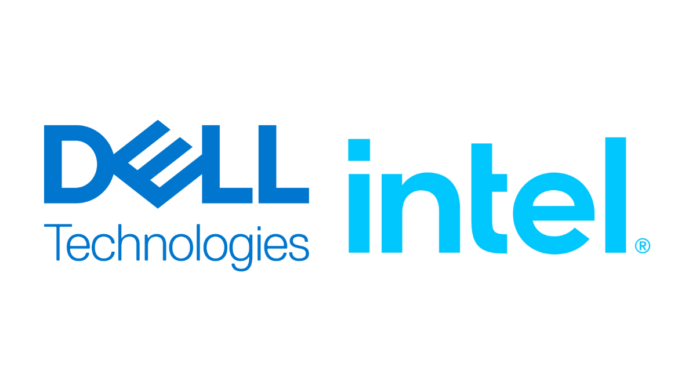Successful technology transformation also requires successful business and operational transformation
Communications service providers (CSPs) are under mounting pressure to accelerate transformation—the high-level goals are to modernize infrastructure while also deploying a future-ready network, leverage automation to make operations more cost-effective, and diversify revenue streams by delivering new use cases to new markets. And while this idea of telecom transformation may seem clear on paper, it’s a difficult thing to do in the real world given the need to manage mounting technological complexity while also overhauling business and operating models.
The good news is that long-term collaborators Dell Technologies and Intel are here to help. At the recent Mobile World Congress in Barcelona, executives from both companies laid out for RCR Wireless News how CSPs should be thinking about telecom transformation, why they need to carefully (and quickly) muster resources to position themselves for long-term success, and what they’re doing to help their joint customers seize that opportunity today.
“If you change an architecture from a vertical architecture to a horizontal architecture, to think that the humans that actually operate the architecture don’t also have to change—their job descriptions, skill sets, even the way they’re organized—would be silly,” Dennis Hoffman, Senior Vice President and General Manager of the Telecom Systems Business at Dell Technologies said. Sometimes the industry gets excited about new technologies, but we don’t always take into account the human factors that have to change, he added.
For Dell, telecom transformation is a holistic challenge—one that involves not just technology upgrades, but business and process change as well. At MWC, the company introduced a four-step transformation program for CSPs, based on decades of enterprise IT experience. The framework spans planning, building, managing, and ultimately running modern telecom infrastructure, with the flexibility to return operations to the CSP or provide fully managed services.
This transformation imperative is colliding with the rapid adoption of AI across telecom networks. “At the end of the day, I think AI has become this really interesting catalyst,” Hoffman said. “It gets the architects of telecommunications networks thinking about what happens when I start to put in technologies that don’t come from traditional telecom vendors.” What begins as siloed, point AI solutions, he said, needs to evolve into full-fledged platform thinking.
From Dell’s perspective, establishing a consistent horizontal platform—from core to edge to RAN—is critical. Hoffman explained that CSPs can start in the core, where workloads and operating models are easier to manage and scale, and then use that as a template for transformation across the rest of the network. The RAN, with its high-performance, highly distributed characteristics, remains complex, but is ultimately part of the same modernization journey.
Cristina Rodriguez, Vice President and General Manager of the Communication Solutions Group at Intel, reinforced the significance of this architectural shift: “It’s a fantastic opportunity we have—transforming the network to be software-defined, cloud-based, and server-based. It means doing things differently, and that includes a mindset shift from an operations point of view.”
That mindset shift includes cultivating new skill sets across the CSP workforce. Traditional radio and network operations skills must now be paired with expertise in cloud infrastructure and software development. “That’s where more opportunities come, more possibilities and innovation in the network,” Rodriguez said.
Intel is supporting this shift by delivering scalable, power-efficient platforms that meet the performance demands of telecom—from the core to the edge. Rodriguez highlighted Intel’s work with Dell on server-based architecture as enabling “one platform, endless possibilities.” She pointed to the gradual transition to 5G Standalone core networks, which will unlock new capabilities such as network slicing, and the launch of Intel’s Xeon 6 system-on-chip, which brings AI acceleration and power savings to the network edge, without having to utilize additional accelerator hardware.
“We’ve had a fantastic collaboration for so many years, and I would say we’re just starting,” Rodriguez said. “At the end of the day, we look at it and say, how can we bring the biggest value? How can we help the operators get the best outcome—from power consumption to bringing in AI—to get the best out of it in the entire network?” There are use cases and situations where a hardware-based accelerator is required, for example for gen AI, retrieval augmented generation-based AI and agentic implementations; these situations may require dedicated GPUs, such as Intel’s Gaudi 3 products. The transformational journey is multi-faceted!
As CSPs look to navigate their digital transformation journeys, it’s clear that success will depend not just on the right technologies, but on the right partners. With their deep expertise, joint innovation, and shared vision for a horizontal, cloud-native telecom future, Dell and Intel are helping turn transformation from a strategic aspiration into operational reality.
Watch the videos below for more insights:

